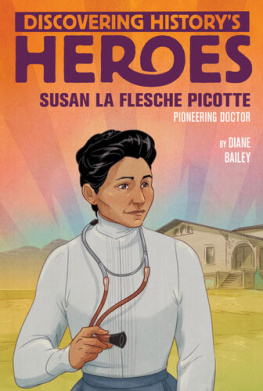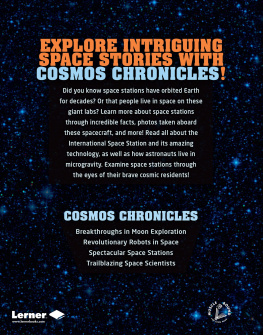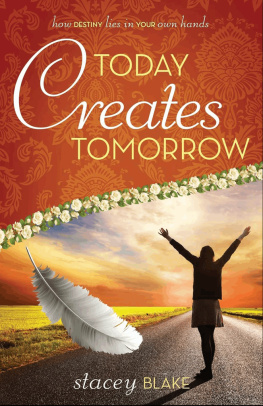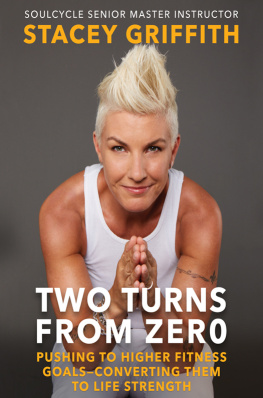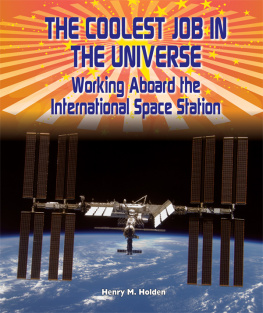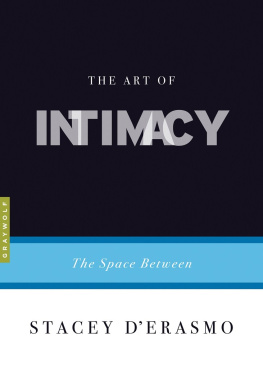Visit Tyndale online at tyndale.com.
Visit Tyndale Momentum online at tyndalemomentum.com.
Visit Stacey Morgan at staceymorgan2000.com.
Tyndale, Tyndales quill logo, Tyndale Momentum, and the Tyndale Momentum logo are registered trademarks of Tyndale House Ministries. Tyndale Momentum is a nonfiction imprint of Tyndale House Publishers, Carol Stream, Illinois.
The Astronauts Wife: How Launching My Husband into Outer Space Changed the Way I Live on Earth
Copyright 2022 by Stacey Morgan. All rights reserved.
Cover and interior illustrations are the property of their respective copyright holders, and all rights are reserved. Rocket smoke Ihor Biliavskyi/Shutterstock; stars George Peters/Getty Images; family silhouette by Ruth Pizzi Tyndale House Ministries.
Designed by Dean H. Renninger
The author is represented by the literary agency of Alive Literary Agency, www.aliveliterary.com.
All views expressed are those of the author and do not reflect the official policy or position of the National Aeronautics and Space Administration (NASA), the United States Army, the Department of Defense, or the US government.
All Scripture quotations, unless otherwise indicated, are taken from the Holy Bible, New International Version, NIV. Copyright 1973, 1978, 1984, 2011 by Biblica, Inc. Used by permission. All rights reserved worldwide.
Scripture quotations marked ESV are from The ESV Bible (The Holy Bible, English Standard Version), copyright 2001 by Crossway, a publishing ministry of Good News Publishers. Used by permission. All rights reserved.
For information about special discounts for bulk purchases, please contact Tyndale House Publishers at , or call 1-855-277-9400.
Library of Congress Cataloging-in-Publication Data
A catalog record for this book is available from the Library of Congress.
ISBN 978-1-4964-5462-1 (hc)
ISBN 978-1-4964-5463-8 (sc)
Build: 2021-12-17 12:11:32 EPUB 3.0
To my fellow military and astronaut spouses
the most courageous and resilient people I know.
You always find a way to thrive in the most challenging seasons. Never forget that you are a critical part of every missions success.
Foreword
by Annie F. Downs
I have the best seat in this story. I walked into Staceys life by walking into the Johnson Space Center. I was in Houston for an event, and Stacey met some friends and me for a tour of NASA. I have always been very into space and space travel, so getting to meet an astronauts wife and tour with her felt like such a huge deal. Within minutes, we were seeing the International Space Station and hearing Drews voice from outer space.
Stacey and I became fast friends that day over burgers at lunch and laughs as we went from place to place at NASA while I kept asking if I could hop in her car for a ride between stops. We exchanged phone numbers, not knowing that our friendship was beginning literally days before the world would shut down due to COVID and we would all be secluded in our homes. I got to jump into this story right as Drew was headed home and right as Staceys life was about to change again.
Thats when she started to write it all downall this season had been, all her life with Drew had been, and all that was to come. And the story changed for mefrom living it with her, to feeling it deep in my own life and seeing how her story reminded me of God and my story too.
I heard an interviewer say recently that the highest compliment you can pay someone who has put a book out into the world is to say youve been moved by their memoirwhether you know the author or not. I agree with that; Stacey is such a fine writer and storyteller that you will feel connected whether or not you are friends with her. Its rare that we get an inside look at such a public job, one we have watched movies about and read books about and, looking up into the sky, wondered about. When I finished reading this book, I felt more appreciation for family, for friendship, for sacrifice, and for Gods caring hand.
Stories about outer space remind us that God is so much bigger than we can imagine. But stories of family, of connection, of figuring out the hard times and walking through them together remind us that God is, at the same time, personal and intimate and caring. He is all these things, and Im thankful for the way Stacey masterfully weaves that truth into these stories of an astronauts wife.
You are about to embark on one of the most unique journeys Ive ever seen with one of the funniest, kindest, and best guides around. As you read, may God meet you in your own story in ways that areforgive meout of this world.
A lot of the times Stacey mentions watching Netflix, I was co-watching the same shows from across the country, across the pandemicalone as well. It was a gift. We laughed a lot.
Introduction : Everything I Needed
to Know about Space
I Learned from Tom Hanks
The first time I watched a rocket launch, I was sitting on the hard linoleum floor of my elementary school cafeteria. After herding all the fifth graders into the large empty room, our teachers told us to sit quietly and keep our hands to ourselves. The lunch ladies were noisily preparing our noontime meal behind the kitchen doors, and the smell of chicken patties and tater tots wafted into the room. Once all the students were seated, Miss Farrell walked solemnly to the front of the room and turned on a boxy television strapped to the top of a wheeled cart. A live shot of space shuttle Discovery flickered onto the screen, the white spaceship and its bright orange fuel tank a beautiful contrast to the sunny blue sky. As the countdown neared, my friend elbowed me, signaling me to look over at our teacher, who was sniffling loudly into a tissue. The other teachers stood by nervously wringing their hands, their eyes glued to the TV screen. As ten-year-olds, we didnt understand the adults emotional response, but we applauded loudly when Discovery successfully lifted off the launchpad and rocketed into the sky in an impressive plume of fire and smoke. Then we filed back to our classrooms, sat down at our desks, and counted the minutes until recess.
It wasnt until years later that I began to understand the historical and emotional significance of that day. I know now that the launch I watched at school in September 1988 was the first for NASA since the 1986 Challenger disaster, which, at the time, was the deadliest accident in the US space programs history. Challengers boosters exploded just after liftoff, claiming the lives of all seven astronauts on board, including teacher Christa McAuliffe. America watched the fiery blast in shock and then fell into a state of shared grief. Now over two years later, it wasnt surprising that my teachers cried that day in the cafeteriaDiscoverys safe launch marked Americas triumphant Return to Flight and the end of our collective mourning period.
After that, I maintained a peripheral view of the US space program at best. In history class, I studied the Cold War and how the space race to the moon between America and the Soviet Union was just one of many battles between these two world superpowers. I vaguely recall seeing the televised coverage of subsequent shuttle launches from Floridas Kennedy Space Center on my rabbit-eared television. But if Im honest, most of my limited understanding of space history came from watching Tom Hanks in the movie


